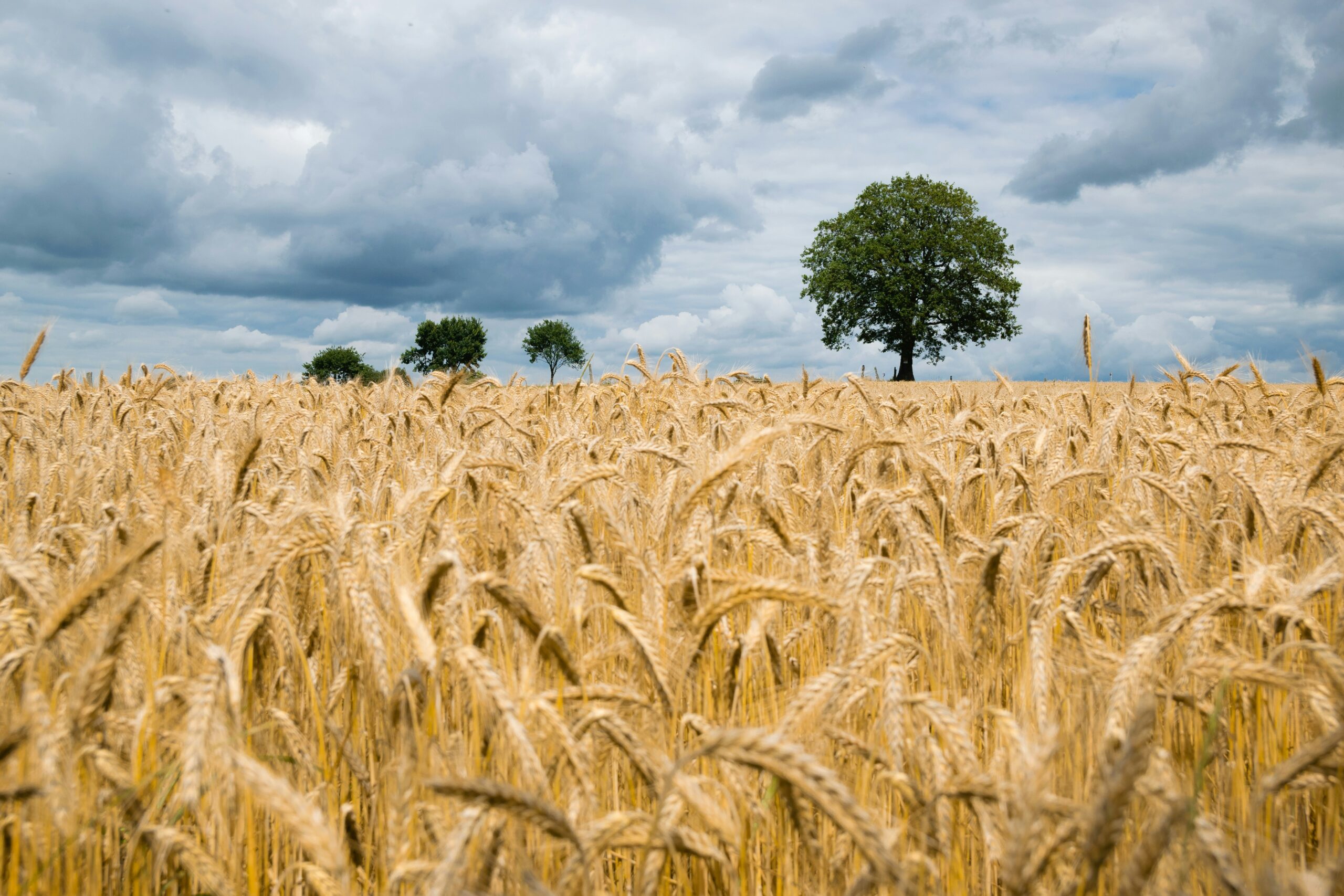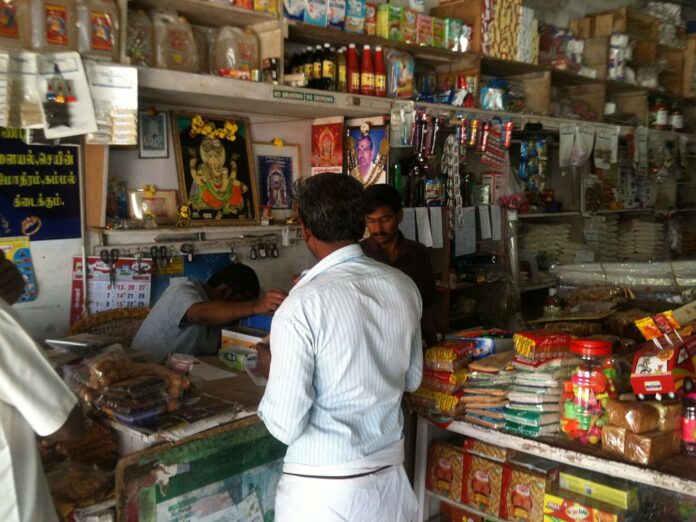The Indian consumer goods sector confronts a formidable challenge as sluggish rural demand continues to impede sales in the third quarter of the fiscal year. Despite hopes for a rebound, the rural market remains subdued, prompting mounting worries among FMCG firms operating in these regions. Over the past decade, prices of essential household products, food items, and beverages have surged, doubling in many cases. The COVID-19 pandemic further exacerbated this trend, leading to sharper price hikes in items like rice, milk, soap, and detergents. Meanwhile, certain categories like shampoo, hair color, and flour have seen price declines. This shift in pricing dynamics has been attributed, in part, to the rise of smaller regional players, intensifying competition and impacting the sales of established FMCG giants.
Rural areas continue to grapple with high unemployment rates, fostering a strong demand for government employment programs such as NREGS (National Rural Employment Guarantee Scheme). Moreover, a noticeable surge in spending on education, healthcare, and telecom expenses has diverted consumer funds away from FMCG products, exacerbating the challenges faced by the sector. These factors collectively contribute to a sense of apprehension within the consumer goods industry, especially in the crucial rural market, historically a primary growth driver.
The persistent slowdown in rural demand poses significant hurdles for FMCG companies striving to regain their momentum. The complexities arising from increased prices, the influx of regional competitors, and altered consumer spending patterns highlight an evolving landscape within the sector. Navigating these challenges becomes pivotal for FMCG firms as they seek to revitalize growth and rekindle consumer interest in the foreseeable future.
Krishnarao Buddha, senior category head of marketing at Parle Products, also revealed that irregular rainfall, particularly in key markets, and a lack of noticeable improvement in rural areas were observed last quarter. Despite concerns about inflation, there is an anticipation of a rebound in rural demand as companies reduce product prices and optimism grows due to election-related expenditure. To make matters worse, weaker-than-expected winter and festive demand in Q3FY24 have further contributed to the slowdown in rural markets.
Rural volume growth is expected to be either flat or experience a minor dip, lagging behind urban markets. The last five to six quarters have witnessed the longest period of rural slowdown in the last decade, impacting the overall growth of the consumer goods sector. The demand challenges are likely to continue in the January-March quarter, further delaying the recovery of the sector.
RTM Watch’s Take
The weak rural demand in Q3FY24 has posed significant challenges for the consumer goods sector in India. The combination of inflation, the presence of smaller regional players, unemployment, and alternative spending has impacted the sales volume of FMCG companies. The prolonged rural slowdown and the lack of a meaningful recovery in the near term have raised concerns for the industry. However, companies are hopeful that upcoming general elections and a further reduction in inflation will support demand in FY25.




































